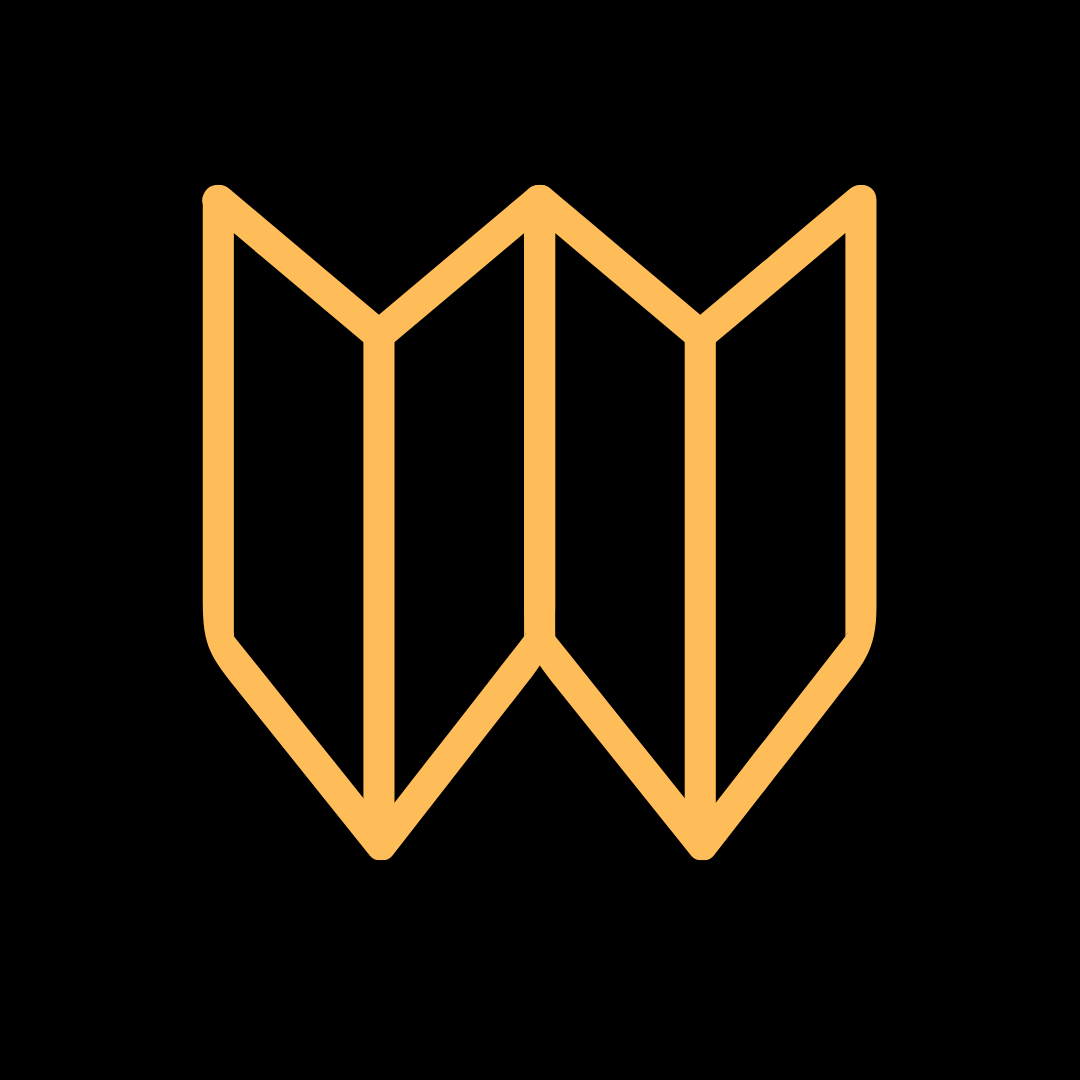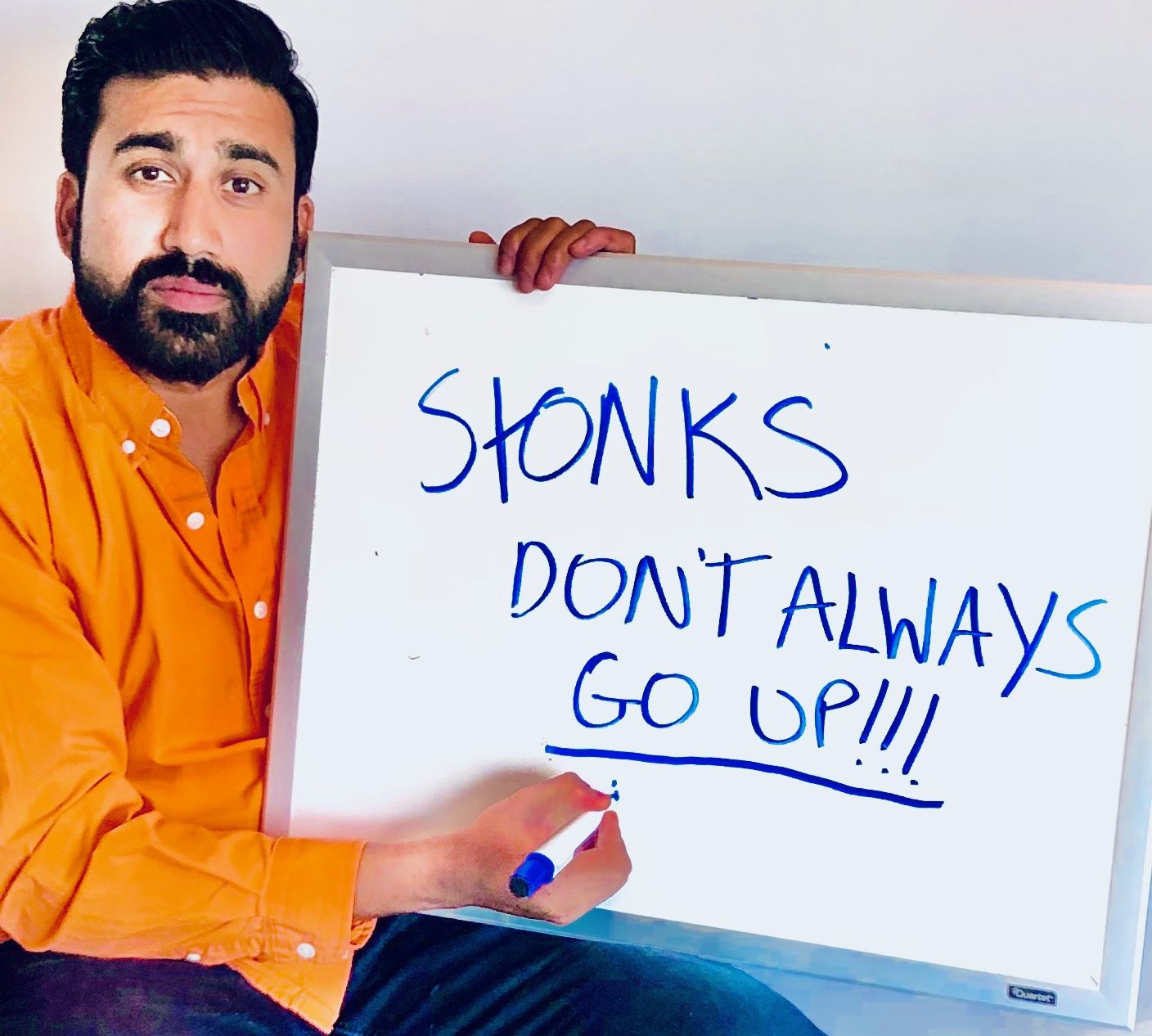How to buy your first home the smart way!
The Bank of Canada kept the policy interest rate of 5% at its latest announcement earlier this week. You may be asking yourself is now a good time to buy my first home?
That is a question that I cannot answer.
But what I can do, is help you understand the options available to you, for when you consider purchasing your first home.
For Canadians, there were two options (using your TFSA, and your First Home Buyers Plan (FHBP) through your RRSP) to acquire your first home. Last year, the Canadian government proposed another option, the First Home Savings Account (FHSA) to help Canadians starting in 2023.
In this blog we will cover what the FHSA, TFSA, and FHBP are, the differences between them, and how you can use them to assist in your first home purchase.
Let’s look at a First Home Savings Account (FHSA).
What is it?
Tax Free Savings Account
Started in early 2023
Eligible contributors can contribute up to $8000 per year
Lifetime Maximum of $40 000 per person
Eligibility
Canadian Resident
Be at least 18 years old
Not living in a home owned by the contributor in the year that the account is opened or the previous 4 years
Contributions
Contributions are tax deductible like RRSP contributions
Growth inside the FHSA will be taxed deferred similar to RRSP and TFSA
Funds withdrawn to purchase a home are not taxed, like TFSA
If in any year the contributor does not contribute $8000, the unused contributed does not carry forward
Usability
Account holders will have 15 years from account opening to purchase a home
Two people can pool funds in FHSA together to purchase a home
Account must be closed within one year after using funds to purchase a home
Withdrawals for any purpose other than purchasing a first home will be fully taxable within the year of withdrawal
Now let’s check out what the First Home Buyers Plan is (FHPB) through your RRSP
What is it?
A certain amount per person can be withdrawn from your RRSP without incurring tax.
Up to 35k/70k (single/couple) withdrawal for Down Payment
Withdrawal Tax-Free *Required to repay the total amount over the next 15 years
What is a Registered Retirement Savings Plan (RRSP)?
For both employees and the self-employed in Canada.
No Age Requirement to start- as long as you’ve earned income and live in Canada under 71y.o to contribute
Pre-tax money is placed into an RRSP and grows tax-free until withdrawal, at which time it is taxed at the marginal rate. 3
Contributors may deduct contributions against their income. For example, if a contributor's tax rate is 40%, every $100 they invest in an RRSP will save that person $40 in taxes, up to their contribution limit.
The growth of investments is tax-deferred. Unlike with non-RRSP investments, returns are exempt from any capital gains tax, dividend tax, or income tax. This means that investments under RRSPs compound on a pre-deferred basis.
What’s the catch?
There are predetermined contribution amounts/limits 4
The RRSP contribution limit is 2023 is 18% of earned income an individual has reported on their 2022 tax return, up to a maximum of $30 780 according to CRA
Over contributions will be subject to penalties (1% /month).
Lastly, let’s look into using the Tax-Free Savings Account (TFSA).
Set money aside in eligible investments, and they grow tax-free throughout your lifetime
Any Interest, dividends, and capital gains earned in a TFSA are tax-free for life.
Your TFSA savings can be withdrawn from your account at any time, for any reason, and all withdrawals are tax-free. 1
Your eligibility is based on being a resident of Canada, valid SIN, and being older than 18 years
What’s the catch?
There are predetermined contribution amounts/limits 2
2009 -2012 was $5,000.
2013 -2014 was $5,500.
2015 was $10,000.
2016 -2018 was $5,500.
2019 -2022 was $6,000.
2023 is $6 500
Not sure which one would most benefit you? Do you have an accountant? If yes, please go speak to that person. If not, you may want to seek some professional advice.
For those who like the DIY approach, you can use the flowchart WealthSimple created.
If you’re interested in the services/products Wealthsimple offers, please consider using the link to open your account.
Now let’s look at how they compare





